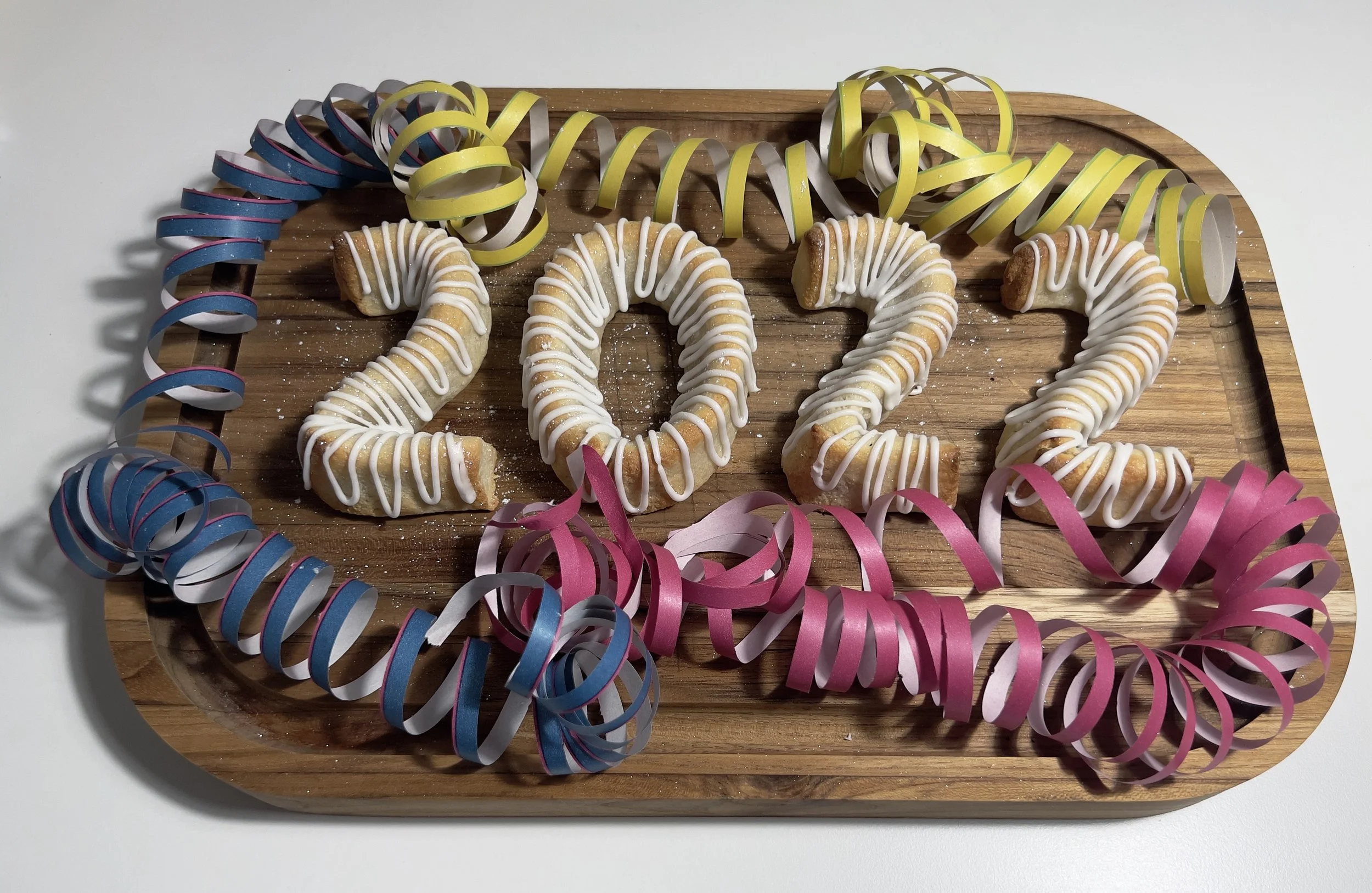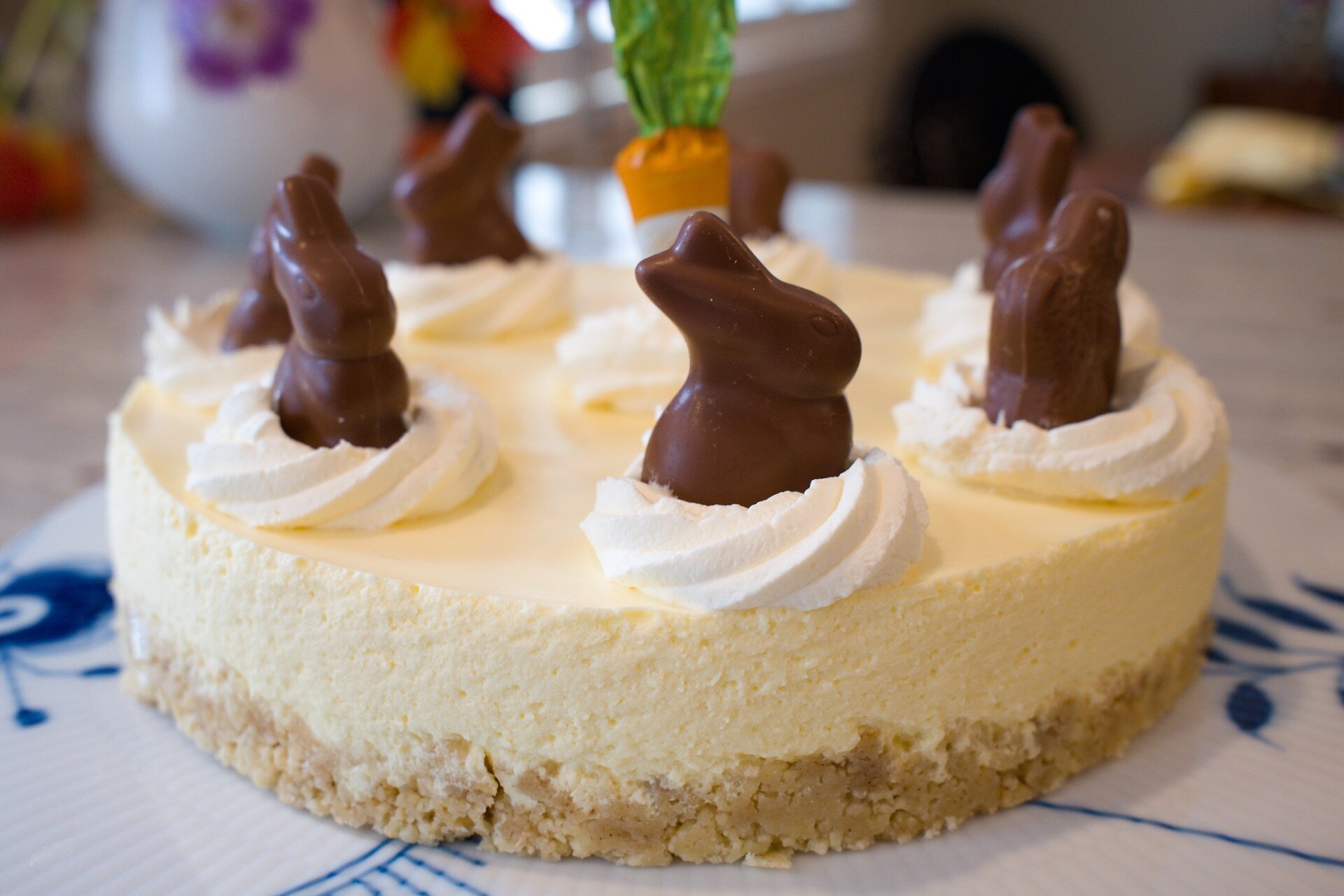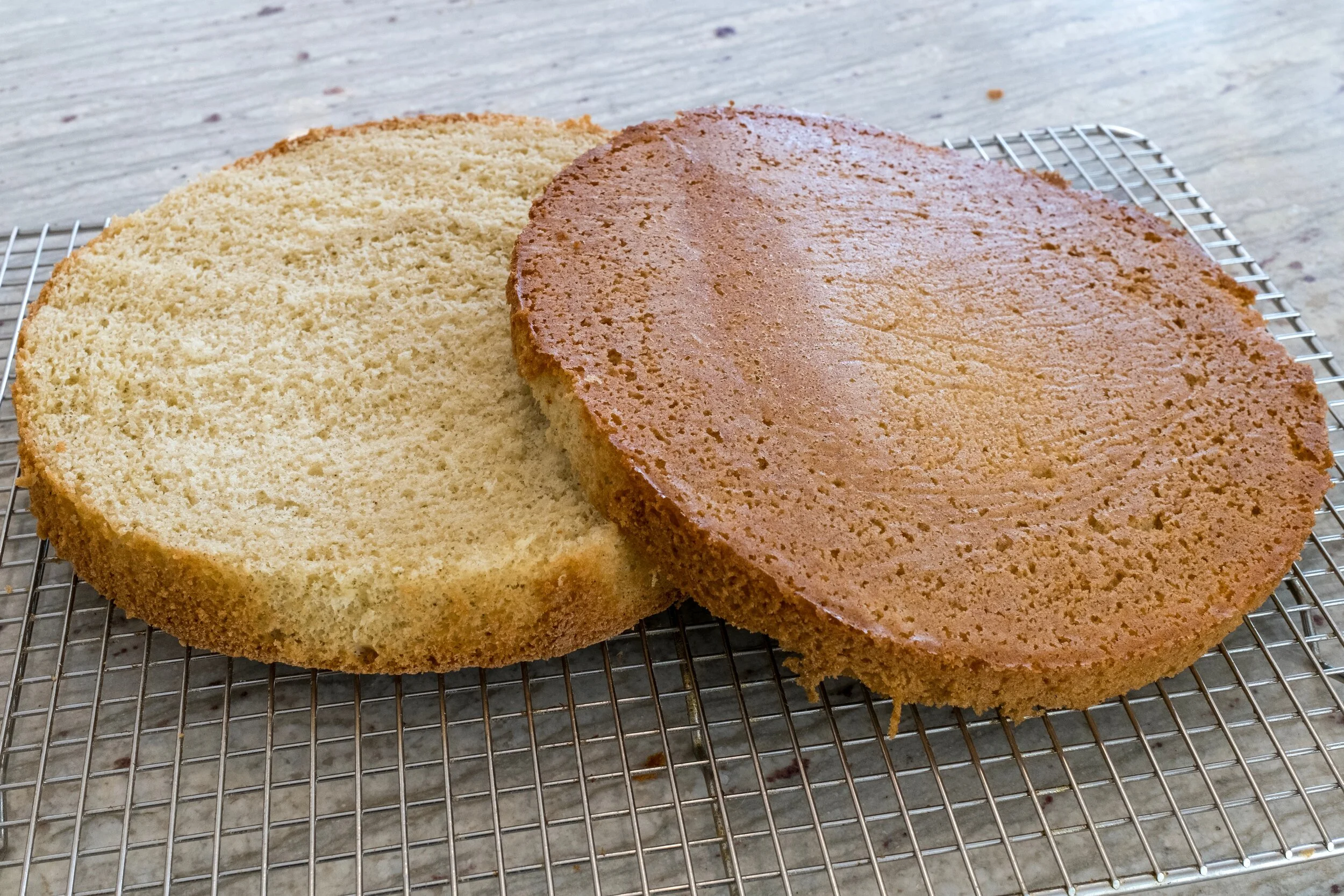There's a little bit of Irish in everyone on St. Patrick's Day.
Try this decadent, rich dessert.
Serves 4-6
Ingredients:
Irish Brownie:
- 50 g all-purpose flour
- 1 tablespoon cocoa powder, unsweetened
- 125 g chocolate
- 50 g butter, salted
- 50 ml Guinness stout
- 1 teaspoon vanilla paste
- 1 tablespoon espresso, or another strong coffee
- 2 eggs
- 200 g sugar
Bailey's Mousse:
- 300 ml heavy whipping cream
- 165 g dark chocolate, I used Valrhona
- 50 g good milk chocolate, I used Valrhona
- 85 ml baileys
Topping:
- Whipped cream
- 4-6 mini bailey's
Directions:
Irish Brownie:
Preheat the oven to 350 ℉ and line a 8 x 8-inch baking pan with parchment paper, and spray it with cooking spray. Set aside.
Combine flour and cocoa powder in a bowl.
Melt chocolate and butter in a small saucepan over low heat, stir until smooth. Remove from heat and stir in beer, coffee and vanilla.
Whisk eggs and sugars, in a large bowl until it’s thick pale yellow, about 2 minutes. Whisk in the chocolate mixture. Add flour and cocoa and mix until just incorporated.
Pour batter into the prepared pan and bake for 30-35 minutes or until the edges are firm and the center is set. Remove from the oven and allow to cool completely.
Bailey's Mousse:
Chop the chocolates finely and put it in a bowl, set aside.
Heat the cream to a small simmer, pour it over the chopped chocolate. Let it sit for 20 seconds before stirring. Stir until you get a homogenous, shiny mixture. Let the mixture cool for at least 4 hours in the refrigerator.
Stir in the Bailey's and whip it with a hand mixer until light and thick. Be careful not to over mix, this will make it grainy. Place mousse in a piping bag.
Whip some heavy whipping cream until medium soft peaks, this will be the whipped cream for the topping.
Assembly:
Pipe some mousse in a small serving vessel. Place some of the brownie on top, pipe more mousse on top. Finish the dessert up with a scoop of whipping cream and place a small bailey's upside-down in the top.
Enjoy!
The Danish Version:
Irsk Brownie Dessert med Bailey's Mousse
Ingredienser:
Irsk Brownie:
- 50 g hvedemel
- 1 spsk usødet kakao
- 125 g mørk chokolade
- 50 g smør, saltet
- 50 ml Guinness stout
- 1 tsk vanilje pasta /korn fra en vaniljestang
- 1 spsk espresso, eller anden stærk kaffe
- 2 æg
- 200 g sukker
Bailey's Mousse:
- 300 ml piskefløde
- 165 g mørk chokolade, jeg brugte Valrhona
- 50 g god mælke chokolade, jeg brugte Valrhona
- 85 ml Bailey's
Topping:
- flødeskum
- 4-6 mini Bailey's
Fremgangsmåde:
Irsk Brownie:
Forvarm ovnen til 180℃. Smør en 20x20 cm bradepande og læg et stykke bagepapir i bunden, og smør også det.
Blandmel og kakao i en skål.
Smelt chokoladen, smør i en gryde og rør det sammen til en skinnende masse. Tag gryden af varmen og tilsæt øl, kaffe og vanilje.
Pisk æggene med sukker indtil du har en bleggul tyk masse. Bland chokoladeblandingen i, og fold derefter forsigtigt melet i.
Kom dejen i bradepanden og bag kagen i 30-35 minutter. Du skal gerne ende op med en blød kage med sprøde kanter. Afkøl kagen helt før du bruger den i desserten.
Bailey's Mousse:
Hak chokoladen fint, og kom det i en skål.
Varm fløden op i en gryde indtil kogepunktet. Hæld den varme fløde over chokoladen. Vent ca 20 sekunder før du begynder at røre. Bliv ved at røre indtil massen er homogen. Dæk skålen til og lad det køle i mindst 4 timer i køleskabet.
Rør bailey'en i og pisk massen med en håndmikser til den er tyk og luftig. Pas på ikke at overpiske massen, da det gør moussen grynet. Kom moussen i en sprøjtepose, og opbevar den på køl indtil du skal bruge den.
Pisk flødeskum til at toppe desserten af med.
Samling:
Sprøjt lidt mousse i bunden af en portionsskål, kom et stykke brownie ovenpå. Kom endnu et lag mousse ovenpå og top desserten af med en god klat flødeskum og sæt en mini Bailey's flaske ned i desserten.
Velbekomme!

















